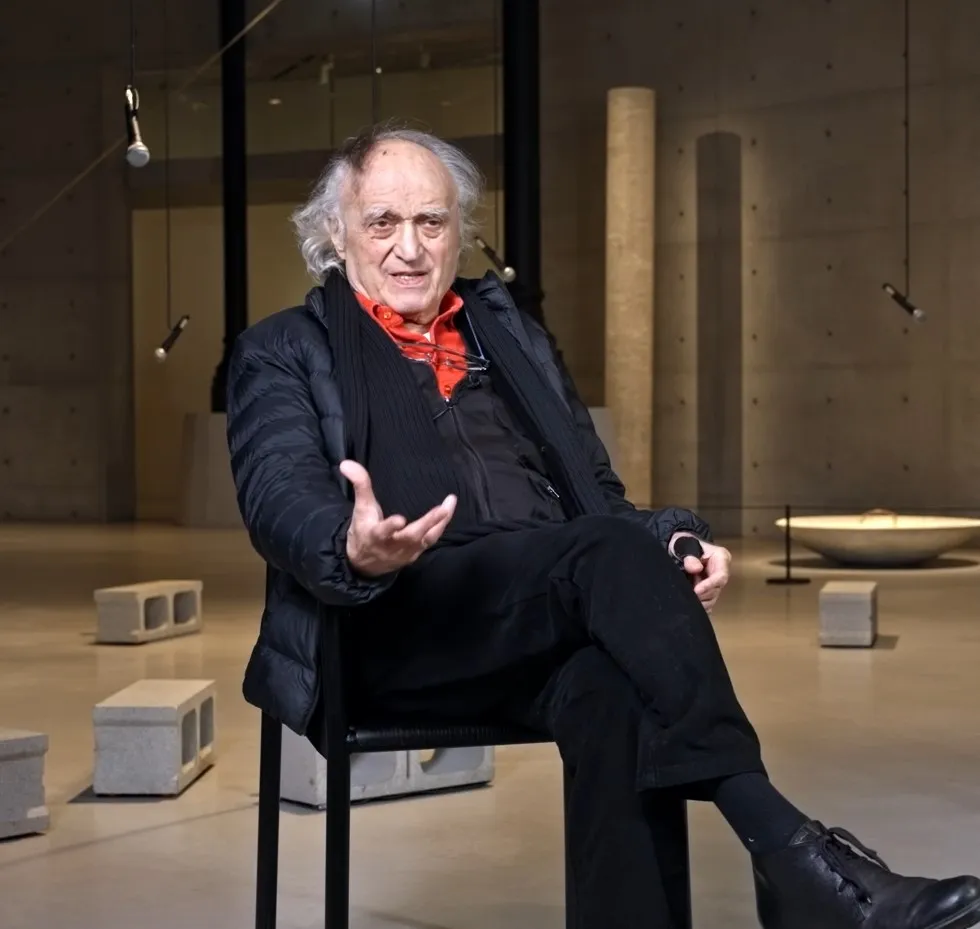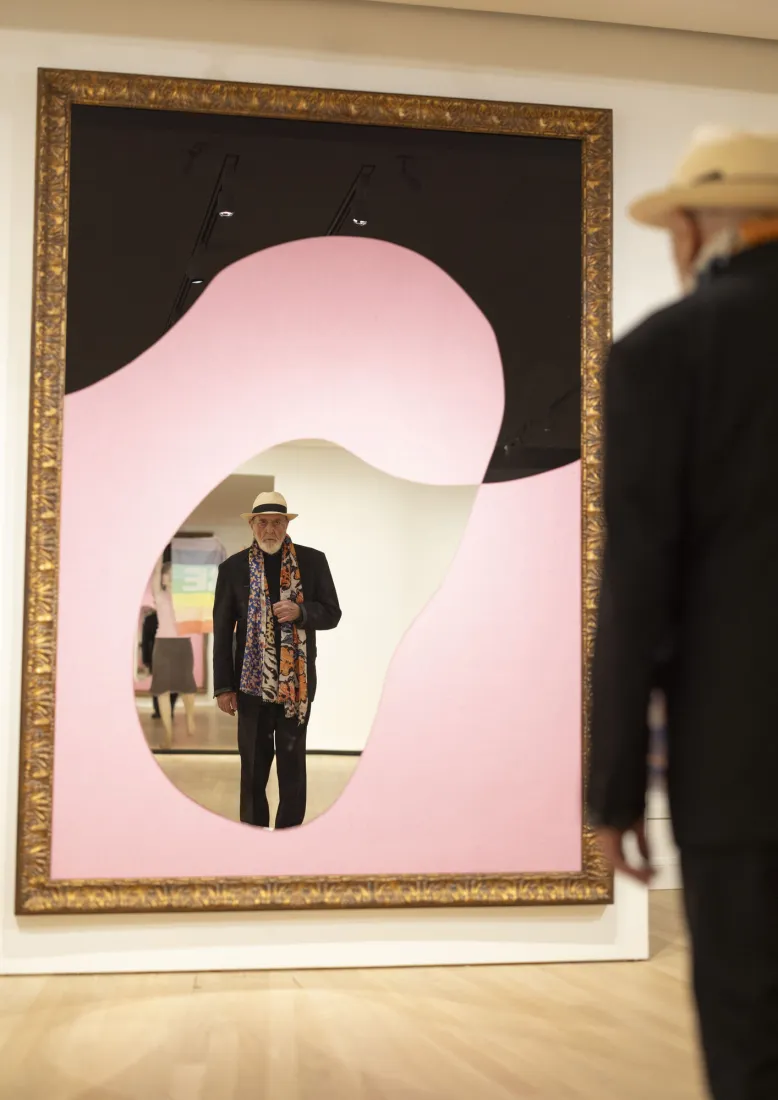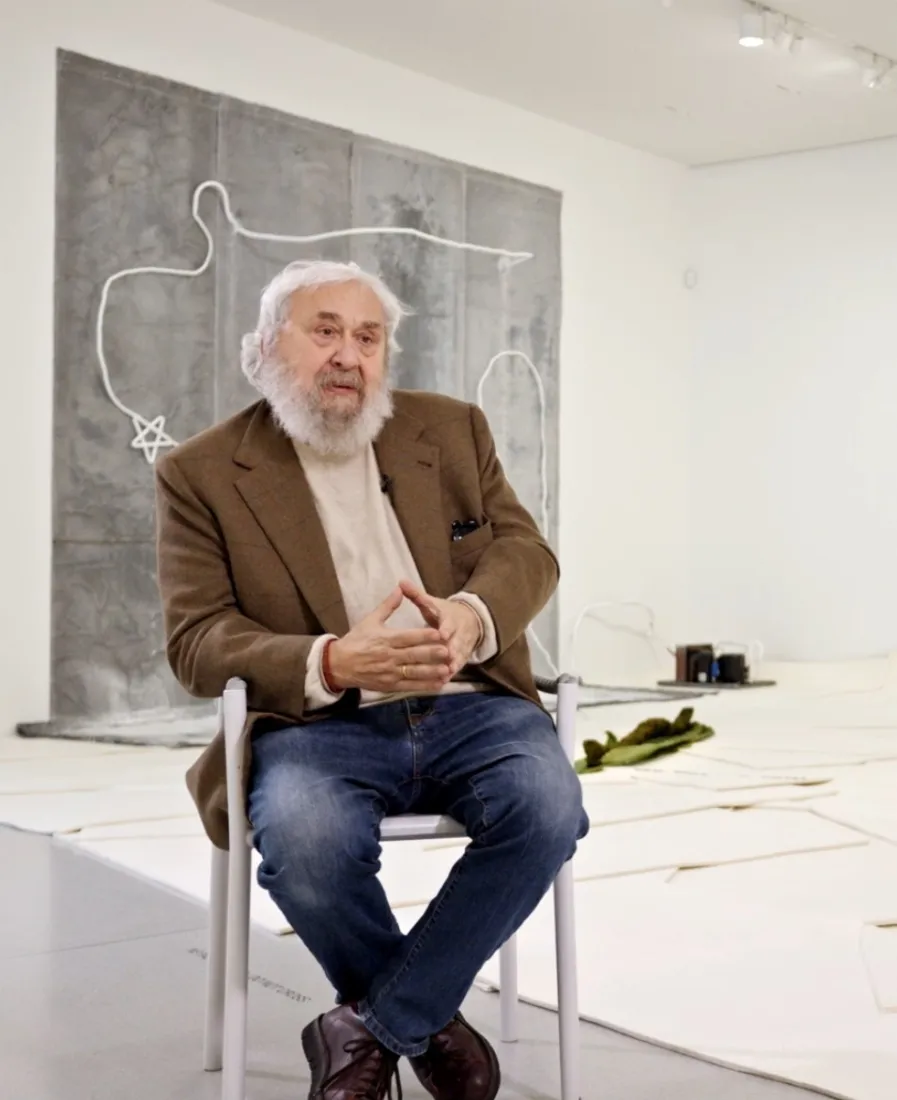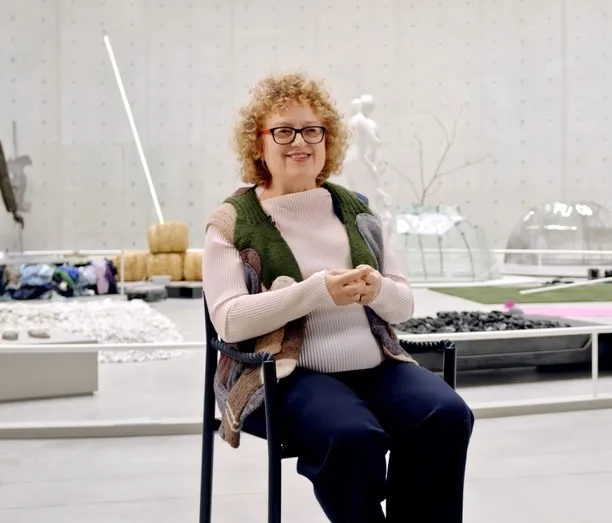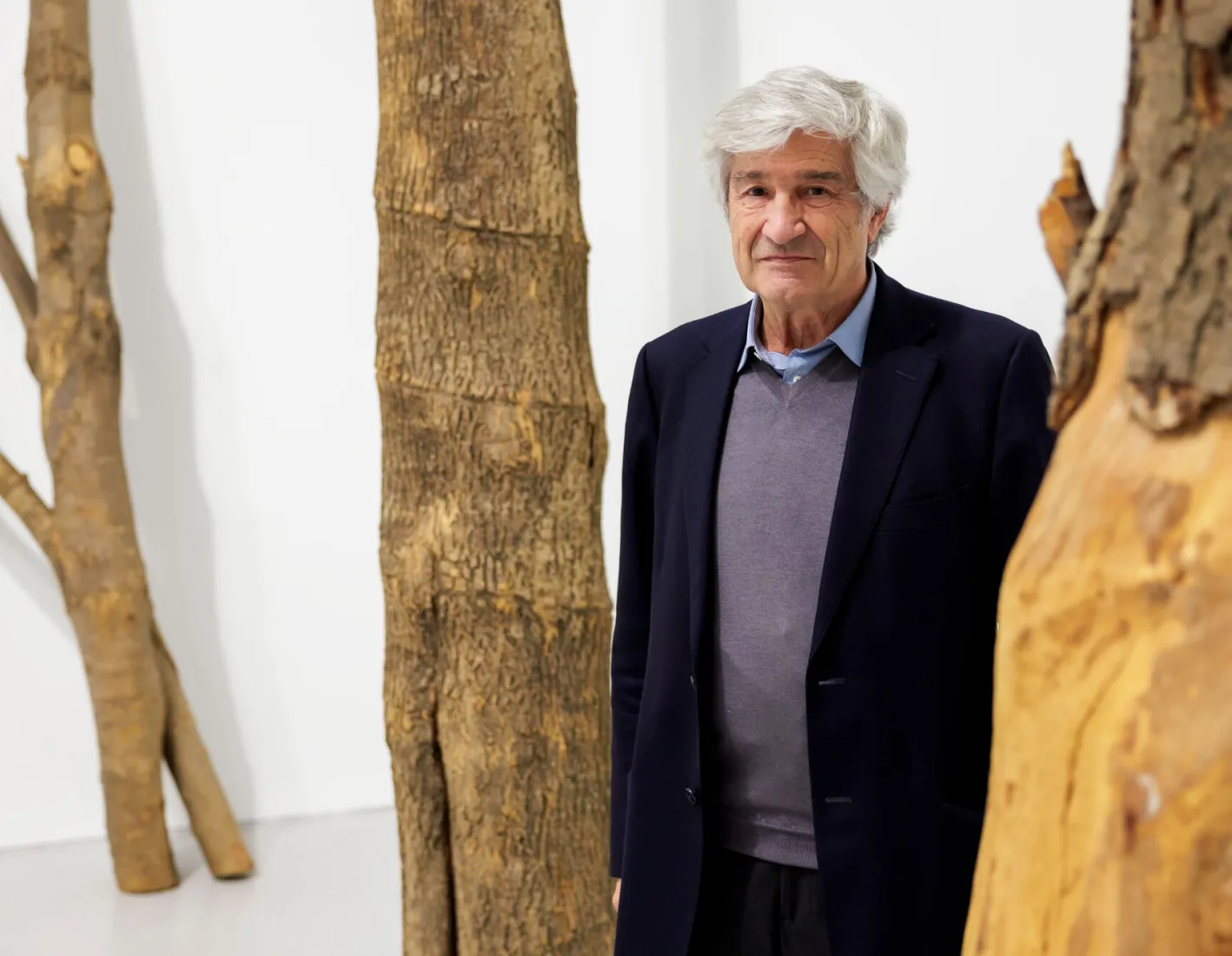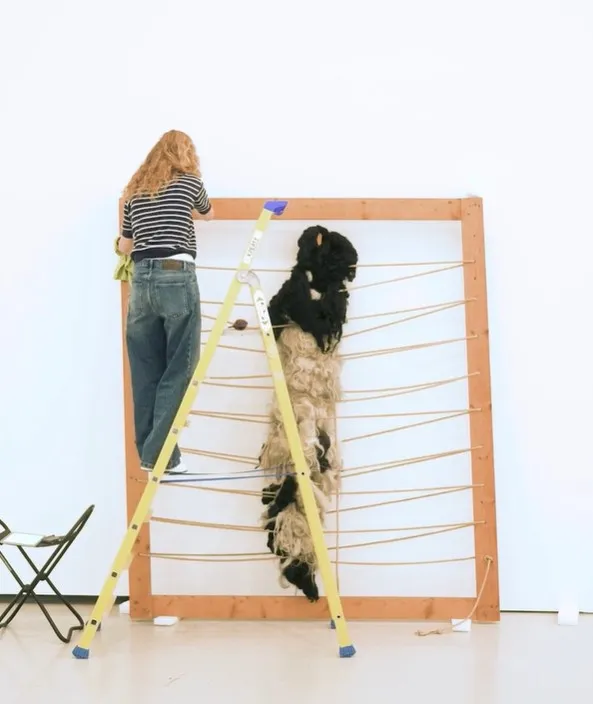Arte Povera
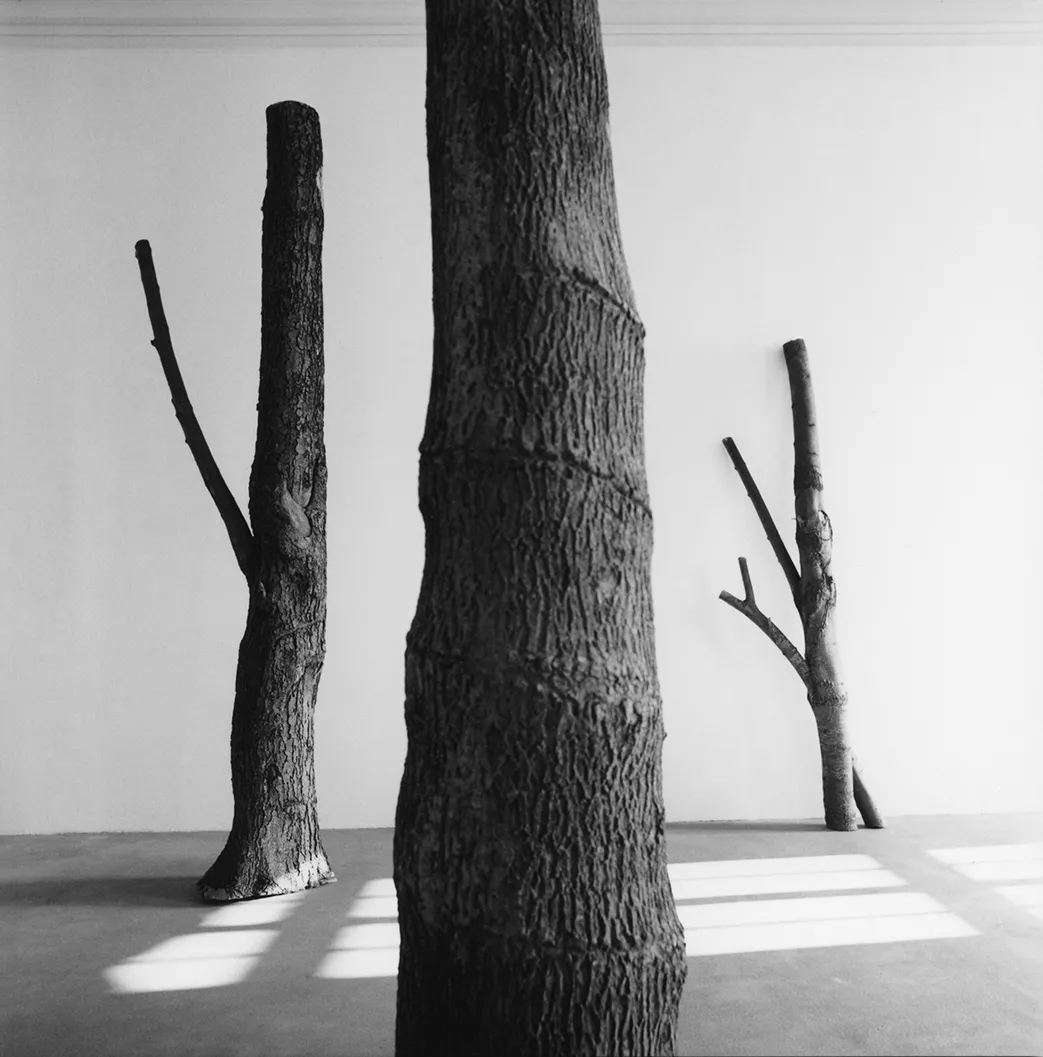
Du 9 octobre 2024 au 20 janvier 2025, Pinault Collection présente à la Bourse de Commerce, une exposition d’envergure dédiée à l’Arte Povera. Entre héritage et influence, l’exposition traverse plus de 250 œuvres historiques, contemporaines, et issues de ce courant artistique italien majeur des années 1960.
Cette exposition s’attache à éclairer aussi bien la naissance italienne que le rayonnement international de ce courant, à travers les œuvres des treize principaux protagonistes de l’Arte Povera : Giovanni Anselmo, Alighiero Boetti, Pier Paolo Calzolari, Luciano Fabro, Jannis Kounellis, Mario Merz, Marisa Merz, Giulio Paolini, Pino Pascali, Giuseppe Penone, Michelangelo Pistoletto, Emilio Prini et Gilberto Zorio. Dans l’architecture singulière de la Bourse de Commerce, transformée par l’architecte japonais Tadao Ando, l’exposition est envisagée comme un paysage que l’on arpente et devient le terrain où s’enracine la poétique infinie de l’Arte Povera.
Imaginée par la commissaire Carolyn Christov-Bakargiev, spécialiste internationalement reconnue de ce courant artistique, l’exposition Arte Povera rassemble une cinquantaine d’œuvres historiques et emblématiques de la Collection Pinault mises en correspondance avec celles d’autres collections prestigieuses, publiques et privées.
Un mouvement de matières et d’énergie
“Au milieu des années 1960, un certain nombre d’artistes italiens – essentiellement originaires de Turin, Gênes, Bologne, Milan et Rome – ont initié un corpus d’œuvres original, libre d'esprit, totalement non conventionnel et non dogmatique, élargissant ainsi les domaines de la peinture, de la sculpture, du dessin et de la photographie, en créant les premières "installations" de l'histoire de l'art, ainsi que des œuvres et des actions performatives.
En utilisant des matériaux et des techniques simples, ces artistes ont créé des installations impliquant le spectateur au sein de l’œuvre. Privilégiant les éléments « naturels » et « ruraux » (tels que la terre, les pommes de terre, la salade, l’eau, le charbon, les arbres, les corps vivants d’animaux et d’humains, etc.), « artificiels » et « urbain » (des éléments trouvés dans les quincailleries tels que les plaques d’acier inoxydable, les lingots de plomb, les ampoules électriques, les poutres en bois, les tubes de néon, etc.), leurs œuvres enclenchent des flux d’énergie physique et chimique, voire psychique, en appelant les notions de mémoire et d’émotions pour interpeller les spectateurs”, affirme la commissaire.
Plus de 250 œuvres en dialogue
Outre le noyau d’œuvres des treize artistes associés à l’Arte Povera, l’exposition comprend des pièces et des documents qui retracent les étapes clés de ce que l’on peut considérer comme les prémices du mouvement. Dans l’exposition, les treize artistes sont associés à des personnalités, mouvements, une époque ou un matériau qu’isl estiment comme une profonde influence, à l’image de Giorgio De Chirico pour Paolini, Malevich pour Kounellis et la peinture d’icône pour Marisa Merz.
Si l’Arte Povera est identifié comme un courant artistique dès la fin des années 1960, son influence fut et reste considérable. Dans tous les interstices de la Bourse de Commerce, treize artistes, dont la pratique constitue une forme de résonance à l’Arte Povera, poursuivent cette histoire au long cours de David Hammons, William Kentridge, Jimmie Durham, Anna Boghiguian dans les années 1980 à Pierre Huyghe, Grazia Toderi, Adrián VillarRojas dans les années 1990, jusqu’à Mario Garcia Torres, Renato Leotta, Agniezska Kurant, Otobong NKanga, Theaster Gates et D Harding dans les années 2000. Chacun à leur manière, interroge, active et poursuit cet héritage.
Les œuvres de l’exposition Arte Povera de la Collection Pinault sont mises en résonance avec celles des Castello di Rivoli Museo d’Arte Contemporanea (Turin), Fondazione per l’Arte Moderna e Contemporanea CRT (Turin), Kunstmuseum Liechtenstein (Vaduz), Museo e Real Bosco di Capodimonte (Naples), Galleria d’Arte Moderna (Turin), Centre Pompidou (Paris), Tate (Londres), parmis d’autres importantes collections publiques et privées.
Commissariat : Carolyn Christov-Bakargiev
